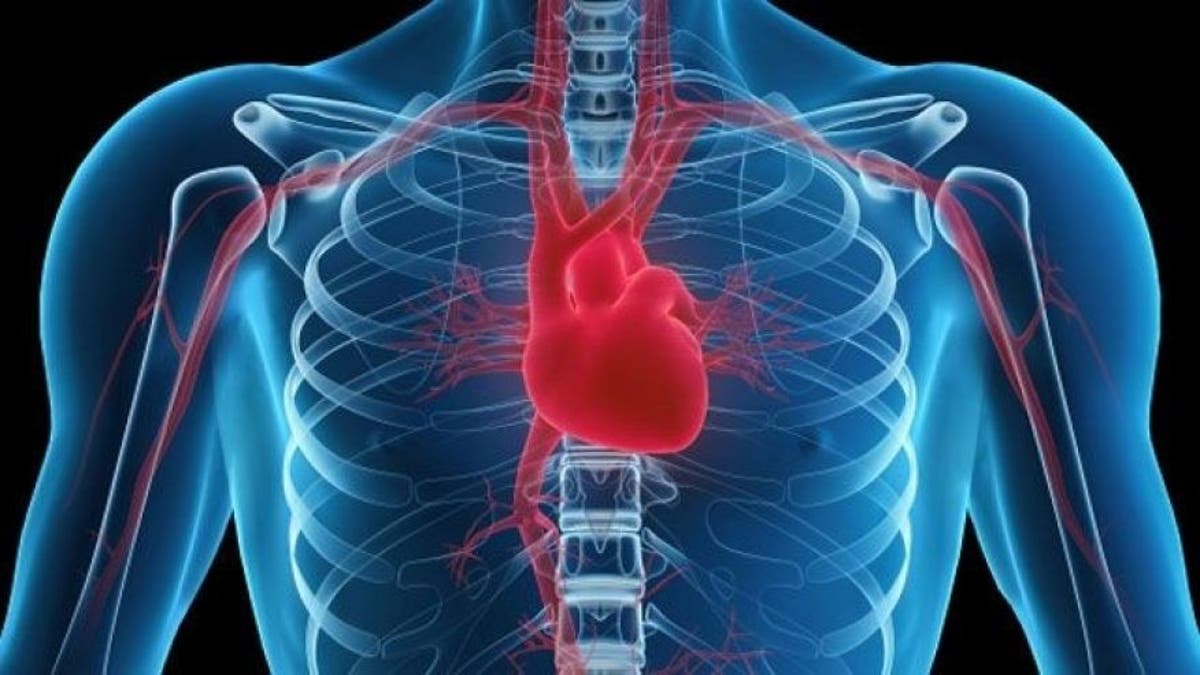
When Wayne Williams was 48, he decided to get proactive about his health.
Four years ago, the Liberty Lake, Wash. man had normal blood pressure and cholesterol levels and ate a healthy diet, but was carrying around an extra 15 pounds.
“I’ve had plenty of friends of mine and people I’ve known that were marathon runners that have died or had a stroke,” he said. “It’s been a tough thing to watch.”
Williams also knew that genetics weren’t on his side since his grandfather had suffered a heart attack when he was in his 60s. Plus, his mother, through a test, found out she had a predisposition to heart disease. She encouraged him to undergo the same screening— a carotid intima media thickness (CIMT) test.
CIMT is a screening tool that uses an ultrasound to measure the average thickness of the arterial walls and plaque, two factors that can predict the risk for arteriosclerosis and coronary heart disease.
After undergoing CIMT, Williams learned that he had a moderate-to-high risk for heart disease. By the time he turned 58, he would have an 83 percent chance of having a heart attack or stroke.
“I learned then that [arteriosclerosis] was a silent killer,” he said.
Finding the real cause of heart attacks
Heart disease is the leading cause of death in the U.S. and approximately 2,150 people die each day from heart attacks and stroke.
“The cause of heart attacks and the majority of strokes is arteriosclerosis, which is plaque buildup in the artery wall” said Dr. Amy Doneen, medical director for the Heart Attack and Stroke Prevention Center in Spokane, Wash., and an adjunct professor for Texas Tech Health Sciences Center
“The challenge we have is 50 percent of people who have heart attacks have cholesterol numbers that are normal,” she said.
In fact, nearly 75 percent of people diagnosed with a heart attack have normal low-density lipoprotein LDL cholesterol levels, according a study published in the American Heart Journal.
The American Heart Association guidelines state that CIMT can be used for individuals who are asymptomatic and have an intermediate risk.
“What we are doing is trying to actually find the real issue, which is arteriosclerosis, and then we evaluate the presence, the location and the inflammatory quality of that plaque and make clinical judgements on that knowledge” Doneen, who is Williams’ doctor, said.
CIMT can also be used for those who have known vascular disease and it is used to follow patients over time.
About 5 percent of the approximately 211,000 primary care doctors in the U.S. use CIMT, estimated Todd Eldredge, PhD, president and CEO of CardioRisk Laboratories, a national service company that offers CIMT. Since many alternative providers such as naturopaths, functional medicine and concierge doctors do not bill insurance for the test, five percent is a probably a modest estimate, he added
Most insurance plans don’t cover CIMT and the test costs about $200.
Is CIMT really necessary?
Dr. Joseph Glaser, a vascular ultrasound specialist for Radiologic Associates, PC in Middletown, N.Y. uses the carotid duplex ultrasound, which screens symptomatic patients for carotid artery stenosis, or narrowing of the carotid arteries. He does not perform CIMT.
He noted that if the carotid arterial wall becomes thick, the concern is that it could get stenosed, or narrowed, but “[CIMT] by itself as an asymptomatic screening test has never been shown to have additional value beyond what people already do to screen for heart disease.”
Several large studies have looked at whether CIMT is related to the prediction of coronary heart disease and stroke risk. The Atherosclerosis Risk in Communities Study (ARIC)— which ran from 1985 to 2016— found that it was related.
In 2010, The Society of Atherosclerosis Imaging and Prevention and the International Atherosclerosis Society devised criteria for the appropriate use of CIMT to encourage wide acceptance by the medical community.
In 2015, a study published in the Journal of the American Journal of Cardiology found that CIMT, along with traditional cardiovascular disease risk factor assessment— such as high blood pressure and abnormal cholesterol— is more effective to predict a person’s risk of heart attack and stroke.
Although Glaser doesn’t recommend CIMT as a standalone test, he said when reading the carotid duplex ultrasound, it’s always good practice to for the doctor to speak up if there is an atherosclerosic change or an atheroma, a fatty deposit in the inner lining in the carotid arteries.
Looking at heart disease risk factors like cholesterol, smoking and family history, remain the best way to prevent a cardiac event, Glaser said.
“Get a physical [and] some routine bloodwork with your doctor. Then if you need to see a cardiologist based on what they find, you take it from there,” he said.
Nevertheless, because of its safety profile, Doneen said CIMT is the best place to start after family history and risk factors have been accounted for.
“If we don’t find plaque there, we look elsewhere in the femoral artery, coronary artery [and] in the abdominal aorta. As good as carotid IMT (CIMT) is, we don’t limit our field of view to just the carotid,” she said.
If the arteries are thickened prematurely to a patient’s chronologic age, the next step is to look for the root cause which might include things like periodontal disease or sleep apnea. Patients then make changes to keep the arterial wall stable, such as diet, stress management, sleep and medication, and do yearly CIMT screenings to make sure what they’re doing is working.
For Williams, his plan included changes to his diet, more exercise, and adding statins and supplements. Today, the plaque in his arteries has been reduced and is now completely calcified and stable.
“It’s made a significant change in my health,” he said. “I wish this was accessible to everybody.”




















